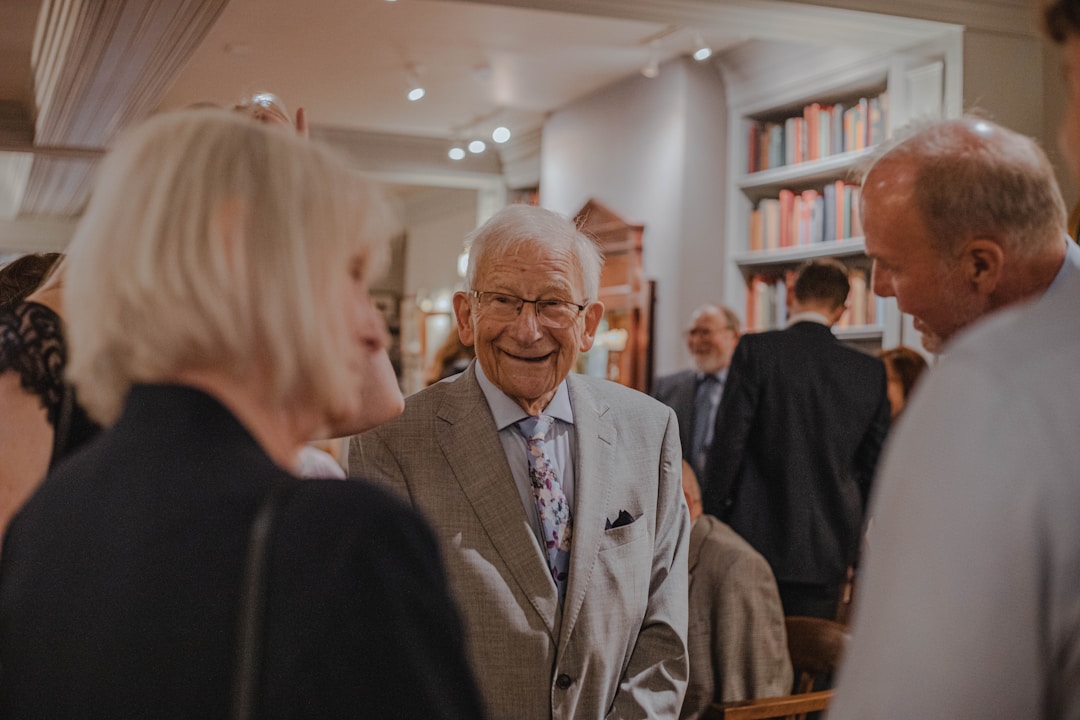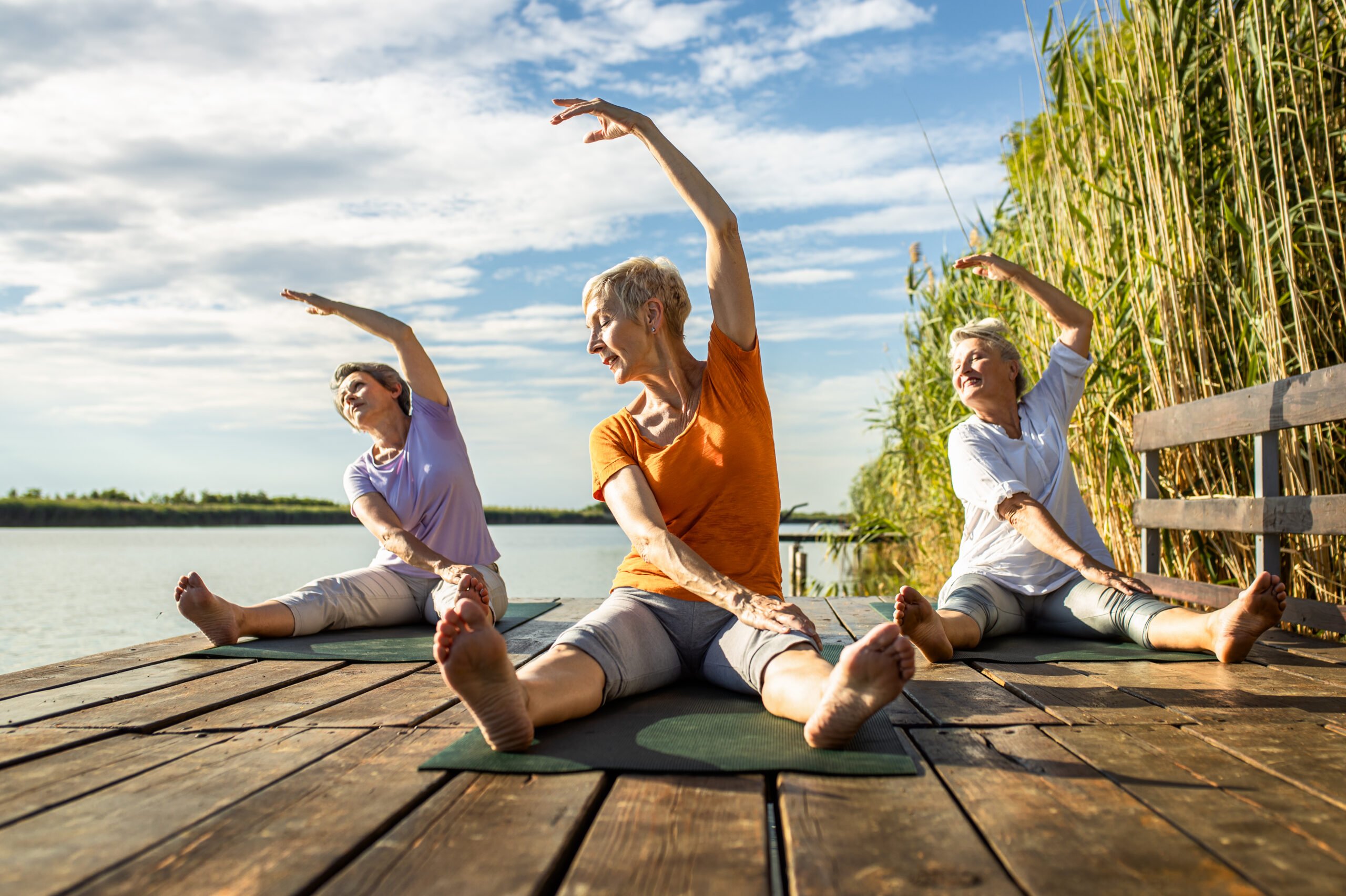How To Stay Active and Healthy as a Senior
As the golden years approach, it’s crucial for seniors to maintain an active lifestyle to enhance their quality of life. Staying active not only strengthens physical health but also boosts mental well-being, assisting elders in leading a more vibrant and fulfilling life. Understanding how to integrate this into daily life, alongside good nutrition and social engagement, is paramount for achieving a balanced senior lifestyle. Keep reading for insights on how to maintain an energized and health-conscious routine during the later stages of life.
Understanding the Importance of Staying Active for Seniors

Maintaining an active lifestyle as a senior is essential for managing chronic diseases, improving mobility, and promoting mental health. Physical activity contributes to better cardiovascular health, reduces the risk of falls, and can alleviate symptoms of arthritis. These benefits showcase why regular exercise is often recommended by health professionals for older adults. Beyond the physical, staying active also fosters mental clarity and emotional stability.
There can be hurdles to overcome. Transportation can pose a challenge for seniors who no longer drive or live in areas with poor public transportation, despite wanting to stay active. Innovative services, such as those highlighted in this GoGoGrandparent review. GoGoGrandparent provides a lifeline by enabling seniors to access shared transportation options without the need for modern technology or smartphones. The personal touch of the friendly operators and the added safety features make GoGoGrandparent a valuable resource for both seniors and their loved ones.
Activities like walking and gardening can reduce the risk of cognitive decline and combat feelings of depression and anxiety. The social aspects of group exercise or community classes further enhance emotional health, combating the loneliness that can occur in later years. Recognize personal limits and find enjoyable activities that keep motivation high. Consulting with healthcare providers can result in tailored advice that aligns with individual health statuses and needs. They can also decide whether or not to recommend an assisted living facility.
Incorporating Nutrition for Optimal Senior Health
An active lifestyle goes hand in hand with proper nutrition to foster excellent senior health. Nutrient-dense diets that are rich in fruits, vegetables, lean proteins, and whole grains provide the energy needed to maintain exercise routines and support overall body functions. Hydration is equally important; as many seniors are at increased risk of dehydration due to natural changes in their body’s ability to conserve water. Adequate fluid intake supports kidney function, and cognitive performance, and can even impact mood and alertness.
Older adults also often need more calcium and vitamin D to maintain bone health, and these needs can be met through both diet and supplements if necessary. Consulting with a dietitian can ensure nutritional needs are met in a way that aligns with personal health conditions and dietary restrictions. Planning meals can be an enjoyable activity that also reinforces healthy eating habits.
Staying Engaged and Active with Social Activities

Staying socially active is as integral as physical exercise to a senior’s well-being. Engaging in group activities not only provides a sense of community but also promotes mental alertness and emotional satisfaction. Social activities like book clubs, dance classes, or volunteering provide opportunities for meaningful interaction and personal growth. Retirement communities and recreational centers often boast a calendar full of events crafted specifically for older adults.
Technology, despite its challenges for some seniors, can open doors to staying socially active. Video calls, social media, and online gaming can enable the elderly to maintain relationships with family and friends remotely. Digital literacy programs designed for seniors can help bridge the technology gap, ensuring that even those with limited experience can benefit from these tools.
As you can see, the journey to maintain an active and healthy lifestyle as a senior encompasses more than just physical movement; it involves tailoring exercise to one’s abilities, integrating proper nutrition, overcoming barriers to activity, and seeking out enriching social engagement. By addressing each aspect thoughtfully, seniors can enjoy a vibrant, healthy, and active lifestyle well into their golden years.













